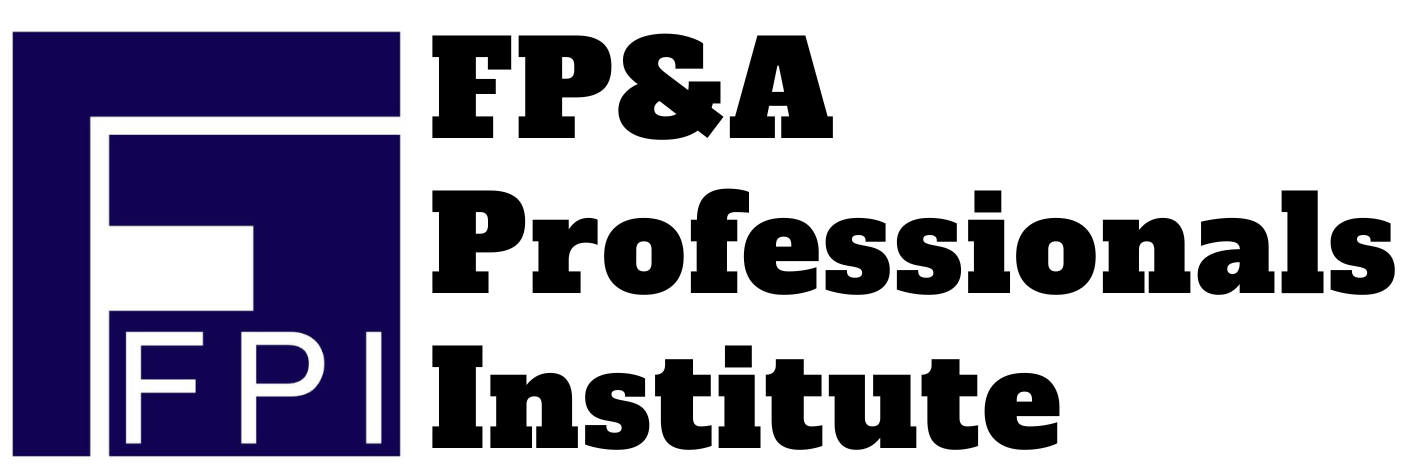Forecasting is a crucial skill for anyone involved in Financial Planning and Analysis (FP&A), whether you’re managing a business or planning your personal finances. Understanding the key terms used in forecasting can help you predict future sales, expenses, and other financial metrics with greater accuracy. In this article, we’ll break down five essential forecasting terms—Baseline, One-Timers, Trends, Seasonality, and Phasing—using relatable examples to make these concepts easy to grasp.
1. Baseline: Your Starting Point
The baseline is the foundation of any forecast. Think of it as the average of your past data that sets the standard for future projections.
For example, if you run a bookstore and have consistently made an average of $10,000 in sales every month over the past year, that $10,000 figure becomes your baseline.
This baseline helps you measure any ups and downs in your business.
It’s straightforward but powerful because it anchors your expectations in historical reality and provides a reference point for growth or decline.
2. One-Timers: The Unpredictable Curveballs
One-timers are those unexpected spikes or drops in your data that don’t reflect ongoing trends.
Imagine a celebrity suddenly tweeting about your bookstore, causing your sales to skyrocket for a short period. This surge is a one-time event, an anomaly that shouldn’t be included in your regular forecast.
Recognizing one-timers is crucial because they can distort your projections if treated as normal. By identifying these outliers, you keep your expectations realistic and avoid overestimating future performance based on rare events.
3. Trends: Long-Term Shifts to Watch
Trends represent sustained, long-term changes in behavior or market conditions.
hey can be your best ally or your biggest challenge. For instance, if there’s a growing trend of people switching from physical books to e-books, as a bookstore owner, you need to adapt your business strategy accordingly.
Identifying trends early allows you to be proactive instead of reactive. It means looking beyond short-term fluctuations and adjusting your sails to catch the wind of change, ensuring your forecasts reflect the evolving market landscape.
4. Seasonality: Predictable Patterns Over Time
Seasonality refers to patterns that repeat at regular intervals, usually tied to specific times of the year.
In the bookstore example, sales might increase during the holiday season because books are popular gifts and people have more leisure time to read.
Understanding seasonality helps you plan inventory and marketing efforts more effectively. Whether it’s the surge in ice cream sales during summer or the rise in umbrella purchases in the rainy season, seasonality affects many businesses and allows for smarter resource allocation.
5. Phasing: Timing Your Forecasts Precisely
Phasing is all about timing.
Knowing when specific events will impact your sales or expenses and adjusting your forecasts accordingly. For example, if you launch a marketing campaign, phasing helps predict when the sales uplift from that campaign will start to show.
This precise timing can be invaluable for managing inventory, staffing, and budgeting. Unlike seasonality, which deals with recurring yearly patterns, phasing focuses on the timing of unique events and their effects.
Seasonality vs. Phasing: Clearing Up the Confusion
Many people confuse seasonality with phasing, but they are distinct concepts:
- Seasonality is about regular, recurring patterns tied to the time of year—like increased umbrella sales during the rainy season or ice cream sales in summer.
- Phasing deals with specific events and when their impact will occur, such as a big sale in March and predicting when customers will start responding.
Understanding this difference ensures you time your forecasts and business actions appropriately.
Conclusion: Mastering the Language of Forecasting
By familiarizing yourself with these five key forecasting terms—Baseline, One-Timers, Trends, Seasonality, and Phasing—you can significantly improve your ability to predict and plan for the future. Whether you’re running a business like a bookstore or managing your personal finances, these concepts provide a solid framework for making informed decisions.
Remember, forecasting is not just about guessing numbers but understanding the story behind them. With these tools at your disposal, you can navigate the complexities of financial planning with confidence and clarity.
If you found these insights helpful, consider exploring further FP&A resources and courses to deepen your knowledge and skills in forecasting and financial analysis.
Take Your FP&A Career to the Next Level
If you’re serious about building a successful career in FP&A, consider pursuing the Certified Global FP&A Professional (CGFPA) certification offered by FP&A Professionals Institute (FPI). This credential can help you stand out and deepen your FP&A expertise.
You can find more information about this and other FP&A resources, including books, courses, and free templates, on the FP&A Professionals website www.fpnaprofessionals.com
Subscribe to Weekly FP&A Jobs Newsletter (every Wednesday): https://creative-thinker-9463.kit.com/764eca1113
Find out about our Weekly Live Webinars: https://fpnaprofessionals.com/
FP&A Free Resources :
🔥 FP&A Interview Questions and Answers: https://fpnaprofessionals.teachable.com/p/fpa-interview-questions-and-answers
🔥 FP&A Power Resume Blueprint: https://fpnaprofessionals.teachable.com/p/fp-a-power-resume-blueprint
🔥 FP&A Interview Prep Secrets: https://fpnaprofessionals.teachable.com/p/fp-a-interview-prep-secrets
🔥FP&A Foundation Self-Paced Course: https://fpnaprofessionals.teachable.com/p/fp-a-foundations-self-paced
FP&A Books:
📚 All about FP&A: https://amzn.to/3uQtokW
📚 From Accounting to FP&A: https://amzn.in/d/439Ibe3
FP&A Certificate Programs:
🧑🎓 Certified Global FP&A Professional | CGFPA® – https://fpnaprofessionals.com/certified-global-fpa-professional-cgfpa/
🚀 FP&A Masterclass®: https://fpnaprofessionals.com/fpa-masterclass-fpamc/
🚀 Financial Modelling for FP&A https://fpnaprofessionals.com/financial-modelling-for-fpa/
🚀 Finance Leadership Masterclass: https://fpnaprofessionals.com/finance-leadership-masterclass-flm/
🚀AI For Finance For FP&A: https://fpnaprofessionals.com/ai-for-finance-for-fpa-aifpa/
About the Author:
Linkedin: https://www.linkedin.com/in/asifmasani/
Instagram: https://www.instagram.com/asif_masani/
Twitter: https://x.com/asif_masani/
YouTube: https://www.youtube.com/@asifmasani
